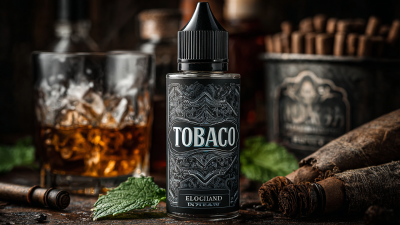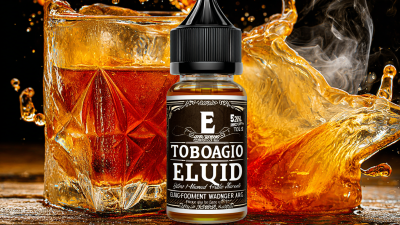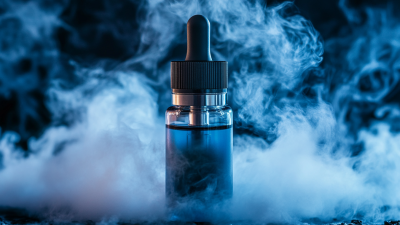As the global tobacco industry continues to evolve, the Tobacco E-Liquid market is gaining significant traction, underscoring a shift in consumer preferences towards vaping products. According to a report by Research and Markets, the global e-liquid market is projected to grow at a compound annual growth rate (CAGR) of 23.7% from 2021 to 2028, reaching approximately $34.28 billion by the end of the forecast period.
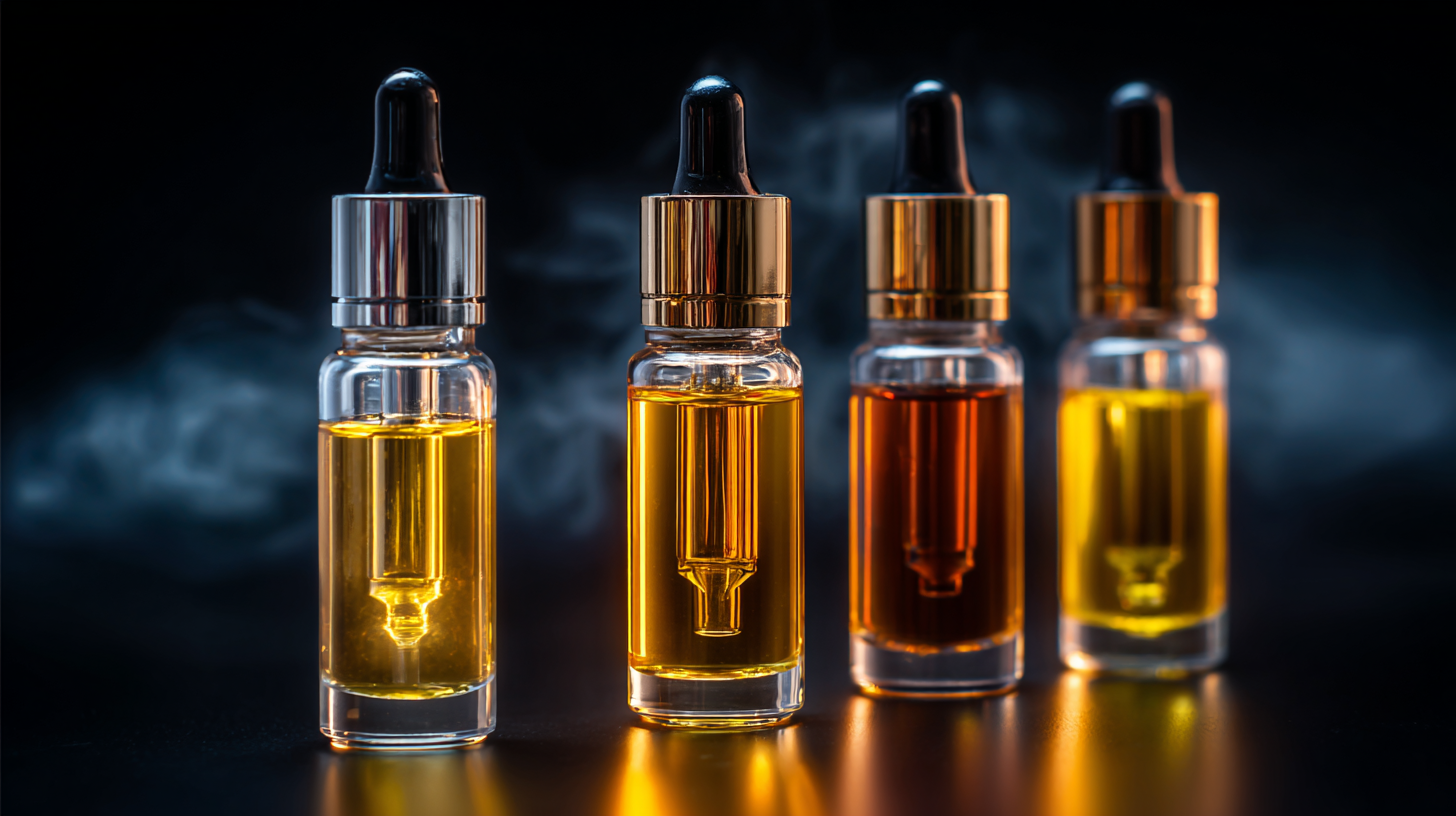
The 138th Canton Fair in 2025 serves as a crucial platform for industry stakeholders to explore emerging trends, innovations, and regulatory challenges within this rapidly expanding market. As consumer demand for diverse flavors and high-quality e-liquids increases, understanding these dynamics becomes essential for manufacturers and distributors aiming to align their strategies with market expectations.
The event will provide insight into the future landscape of Tobacco E-Liquid, highlighting the importance of adaptability in a market characterized by constant change and increasing competition.
At the 138th Canton Fair in 2025, the tobacco e-liquid market is set to showcase a plethora of innovations that cater to the evolving preferences of consumers. Recent industry reports indicate that the global e-liquid market is projected to reach USD 7.5 billion by 2025, driven by increased demand for flavorful and customizable vaping experiences. Manufacturers are focusing on enhancing product offerings with novel flavors and higher nicotine concentration options, appealing to a diverse demographic of vapers.
Emerging innovations include the development of synthetic nicotine e-liquids, which provide a tobacco-like experience without some of the harmful aspects associated with traditional tobacco products. A report from Market Research Future highlights that synthetic nicotine is expected to capture significant market share, reaching approximately USD 1.3 billion by 2025. Additionally, advancements in vaping technology, such as user-friendly devices and closed-loop systems, are set to elevate the consumer experience, making vaping more appealing and accessible across various age groups. As brands strive to differentiate themselves, sustainability is also becoming a crucial factor, with biodegradable packaging and organic ingredients gaining traction among health-conscious consumers.
This chart illustrates the projected growth of various flavors in the tobacco e-liquid market for the year 2025. The data shows a significant trend towards fruit and dessert flavors, indicating shifting consumer preferences. The overall market is expected to expand, with innovation driving new product offerings.
The tobacco e-liquid market is undergoing a significant transformation, with consumer preferences at the forefront of shaping flavor profiles and formulations. According to a recent report by Grand View Research, the global e-liquid market is expected to grow at a CAGR of approximately 23.8% from 2022 to 2030. This rapid expansion highlights a burgeoning demand for personalized flavors and varied nicotine concentrations tailored to individual preferences. At the 138th Canton Fair in 2025, industry professionals will need to closely monitor these trends to remain competitive.
Survey data from Statista suggests that around 62% of vapers prefer fruit-based flavors, while dessert and beverage options are also gaining traction. This trend indicates a shift away from traditional tobacco flavors, presenting opportunities for manufacturers to innovate and develop unique blends that cater to a more diverse palate. Furthermore, with increasing health consciousness among consumers, there is a rising demand for nicotine salt e-liquids, which provide a smoother throat hit and quicker nicotine absorption. As these preferences evolve, brands must respond effectively to meet the needs of the modern consumer, creating formulations that are not only appealing but also align with regulatory standards.
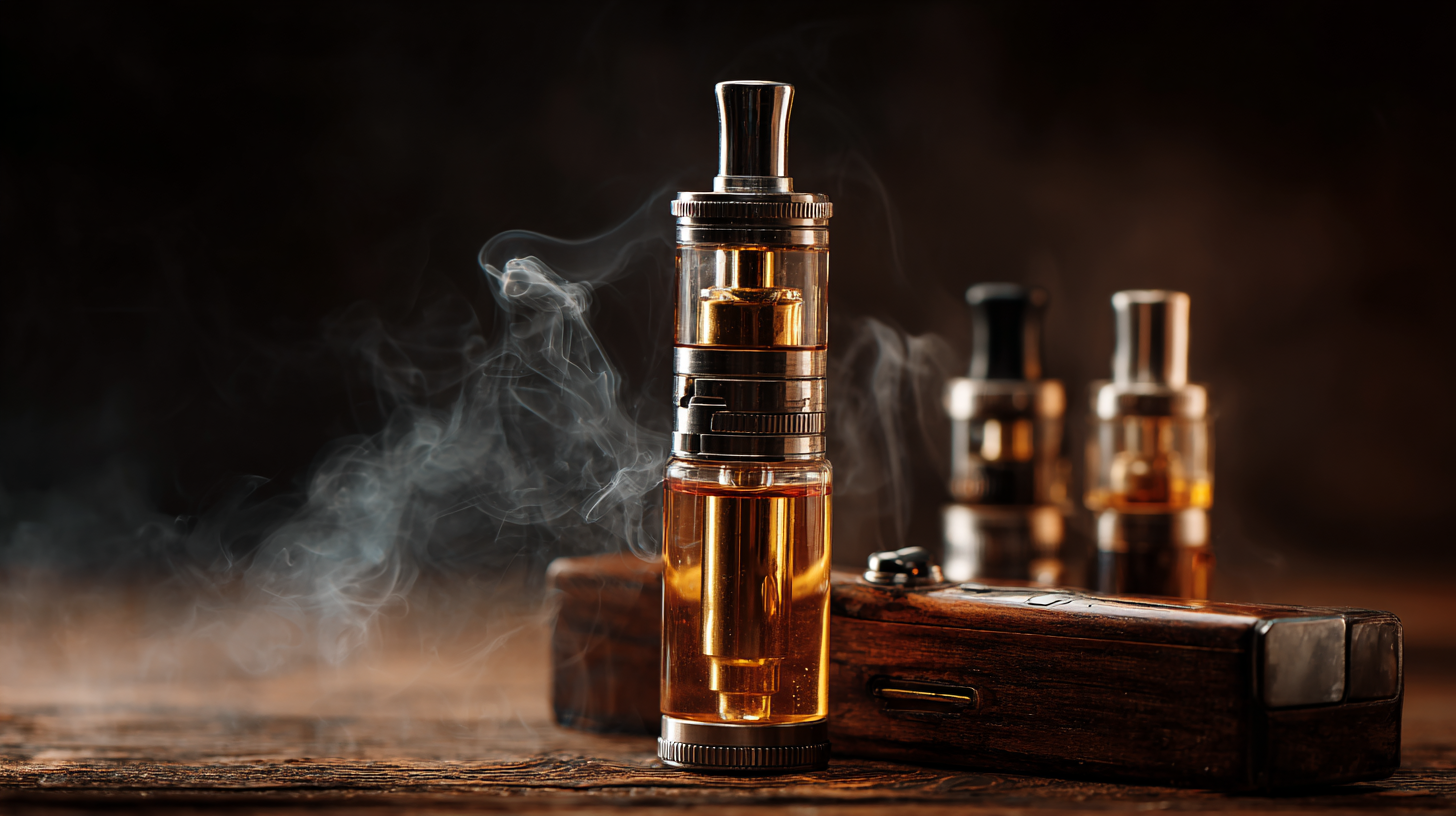
The regulatory environment surrounding the tobacco e-liquid market is evolving rapidly, with significant implications for manufacturers and consumers alike. At the 138th Canton Fair in 2025, industry stakeholders will gather to discuss various regulatory trends shaping the future of this market. Governments around the world are tightening regulations on e-liquids, focusing on safety standards, marketing restrictions, and age verification processes. These changes are designed to curb youth exposure and ensure consumer safety, leading to innovative product formulations that comply with new regulations.
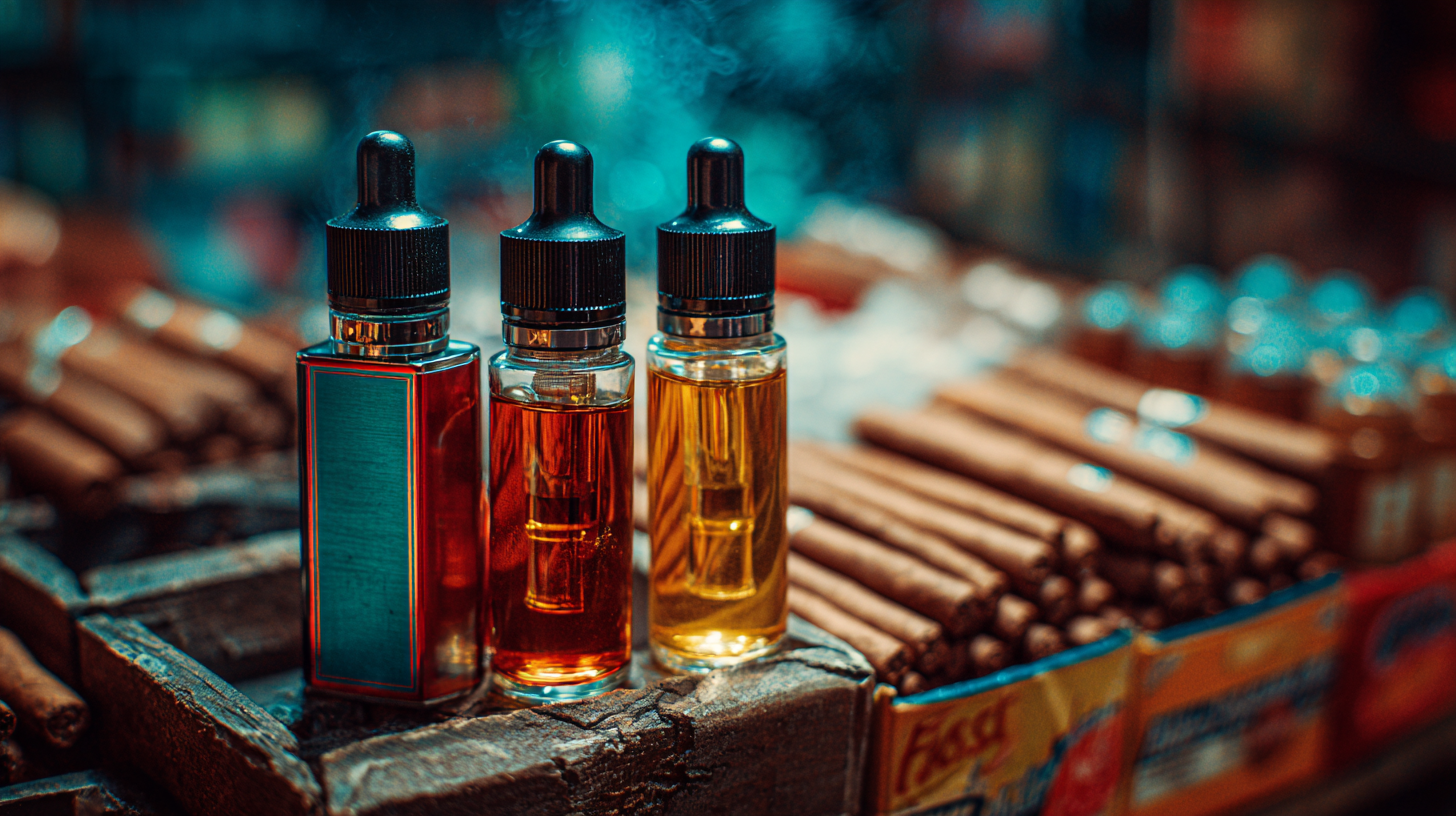
As businesses adapt to these regulatory pressures, the need for compliance will drive investment in research and development. Companies may invest in creating e-liquids with fewer harmful substances, as well as developing transparent labeling practices to inform consumers about product contents. Furthermore, manufacturers might adopt advanced technologies to facilitate compliance, such as digital age verification systems. The vibrant discussions at the Canton Fair will not only highlight the challenges posed by these regulations but also showcase opportunities for growth within a framework of safety and transparency, ultimately transforming the tobacco e-liquid market landscape.
As the tobacco e-liquid market evolves, understanding the competitive landscape becomes crucial for key players in 2025. Companies in this sector are expected to adopt innovative strategies to differentiate themselves and capture a larger market share. With the global demand for tobacco e-liquids on the rise, fueled by increasing health awareness and regulatory changes, major brands will likely focus on product quality, unique flavor offerings, and branding to attract consumers. Collaborations with local retailers and strategic marketing initiatives will also play a significant role in how these companies position themselves in a saturated market.
Moreover, market competition will intensify as newer entrants seek to leverage technological advancements and changing consumer preferences. Key players are anticipated to invest in R&D to enhance product formulations and sustainability practices, aligning with broader trends in various industries. By keeping a close eye on consumer feedback and market trends, companies can adapt their strategies to remain competitive. Emphasizing customer engagement through innovative marketing campaigns will also help in building brand loyalty in this rapidly growing market.
At the 138th Canton Fair in 2025, the tobacco e-liquid industry is witnessing significant shifts towards sustainability initiatives, reshaping how products are developed and marketed. According to a recent report by Grand View Research, the global e-liquid market size was valued at approximately $10.3 billion in 2022, with projections to expand at a CAGR of 23.3% from 2023 to 2030. This growth is fueled by a rising demand for eco-friendly and sustainable products, pushing manufacturers to reconsider their sourcing and production methods.
Various companies are now incorporating sustainable practices, such as using biodegradable packaging and organic ingredients in e-liquids. A study published in the Journal of Environmental Science indicates that 55% of consumers are willing to pay a premium for products that contribute to environmental preservation. This trend signifies a crucial pivot in the tobacco e-liquid sector, emphasizing the need for brands to align with eco-conscious consumer values. During the Canton Fair, exhibitors are expected to showcase innovative solutions that not only meet regulatory standards but also resonate with a market increasingly focused on sustainability and responsible consumption.
